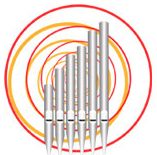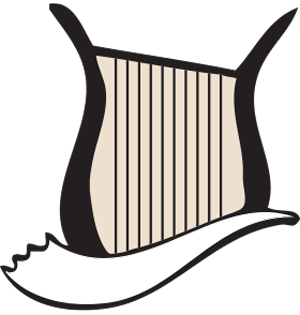Organ nb. 45 The Great Organ of the Basilica of the Annunciation in Nazareth
The existence of an organ in Nazareth in the 18th century is confirmed by the testimony of the German organist Eliezer Horn. In his letters, he mentions an 8 stop organ made by the organbuilder Domenico Mancini from Naples, installed in Nazareth in 1734. Numerous organs have probably followed each other before and after the Mancini organ, but we have found no traces of them. In the middle of the XXth century, the Basilica had two separate floors. The Basilica itself was on the ground floor and in a second floor built under the ground, one could see the crypta in which was the house where Jesus lived with his parents. There was an organ on each of these floors: in the crypta was an Italian organ made by Tamburini, and in the upper church was a large instrument made by Brother Delfino Taboada, a Spanish Franciscan monk then living in Jerusalem and managing the Organ Workshop of the Saint Saviour Monastery. These two organs had very beautiful sounds, especially the Italian one, very soft, and situated in a very favorable acoustic.
These two instruments have been replaced in 2012 by two brand new organs made by the Austrian Rieger organ-builder.
The Great Organ is located, as was his predecessor, in the upper part of the Basilica. It is not enclosed. It is just laying on the floor, without any protection from heat, dirt and humidity. On the other hand, this makes tuning and repairing much easier. The modern computer allows to preset numberless registrations, programming numberless concerts, recording and replaying, selecting prerecorded registrations for most of the compositions of the great composers, etc…The acoustic of the Basilica is no great help to the instrument, as could have been expected from such a huge building.


